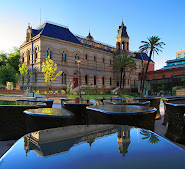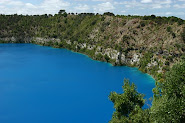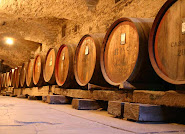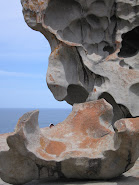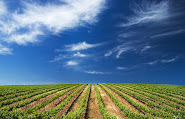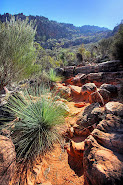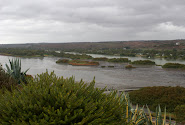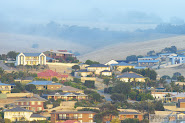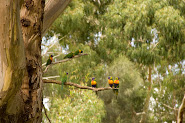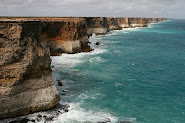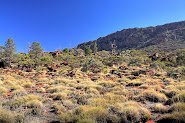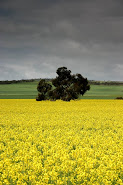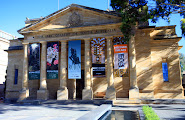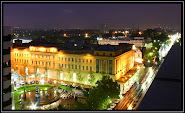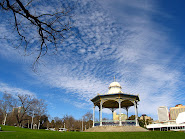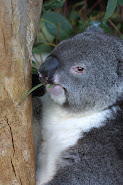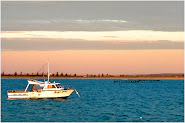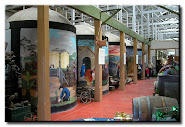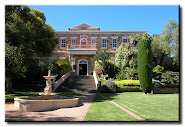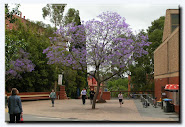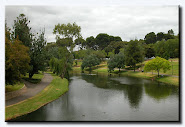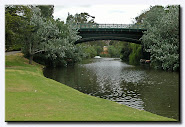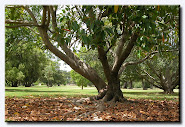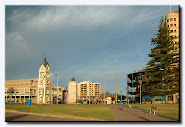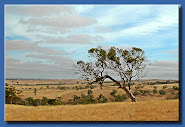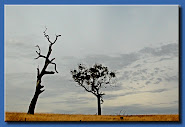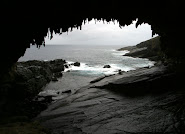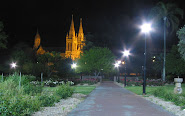South Australia is one among the six states of the country of Australia.The terrain consists largely of arid and semi-arid rangelands, with several low mountain ranges in which the most important mountains are the Mt Lofty-Flinders Ranges system which extends north about 800 kilometres (500 mi) from Cape Jervis to the northern end of Lake Torrens and salt lakes. The highest point in the state is not in those ranges, but Mount Woodroffe at 1,435 metres (4,708 ft) in the Musgrave Ranges in the extreme northwest of the state.[3] The western portion of the state consists of the sparsely-inhabited Nullarbor Plain fronting the cliffs of the Great Australian Bight.
The principle industries and exports of South Australia are wheat, wine and wool. More than half of Australia's wines are produced here.
South Australia has boundaries with every other Australian state and territory except the Australian Capital Territory and Tasmania. The area now known as the Northern Territory was annexed to South Australia in 1863, however it was handed over to the Federal government in 1911 and became a separate territory. South Australia's south coast is flanked by the Southern Ocean. Its mean temperature range is 29 °C in January and 15 °C in July. Daily temperatures in parts of the state in January & February can be up to 48 °C.
Monday, November 19, 2007
Posted by
RJ
at
3:45 AM
0
comments
![]()
South Australia is a state of Australia in the southern central part of the country. It covers some of the most arid parts of the continent and with a total land area of 984,377 square kilometres (380,070 sq mi), it is the fourth largest of Australia's six states and two territories. It is bordered to the west by Western Australia, to the north by the Northern Territory and Queensland, to the east by Queensland, New South Wales and Victoria, and along the south by the Great Australian Bight and the Indian Ocean.[1] With 1.5 million people, the state comprises less than 10 per cent of the Australian population and ranks fifth in population among the states and territories. The majority of its people reside in the state capital, Adelaide, with most of the remainder settled in fertile areas along the south-eastern coast and River Murray.
The state's origins were unique in Australia as a freely-settled, planned British province rather than a convict settlement. Official settlement began on 28 December 1836 when the state was proclaimed at The Old Gum Tree by Governor Hindmarsh. The guiding principle behind settlement was that of systematic colonisation, a theory espoused by Edward Gibbon Wakefield that was later employed by the New Zealand Company. The aim was to establish the province as a centre of civilisation for free immigrants, promising civil liberties and religious tolerance. Although its history is marked by economic hardship, South Australia has remained politically innovative and culturally vibrant. Today, the state is known as a state of festivals, and of fine wine.
The state's economy centres on the agricultural, manufacturing and mining industries and has an increasingly significant finance sector as well.
Posted by
RJ
at
3:36 AM
0
comments
![]()












































